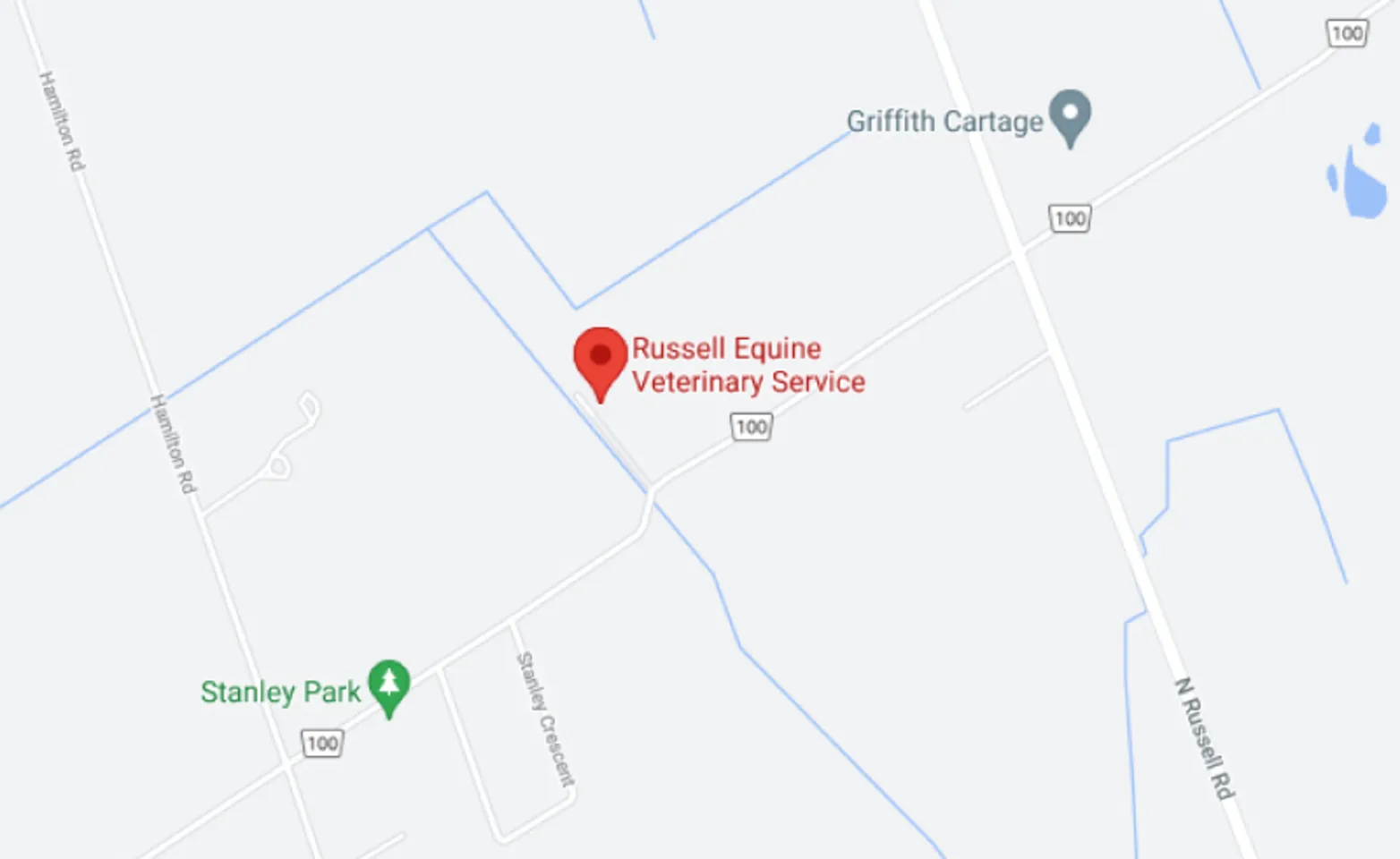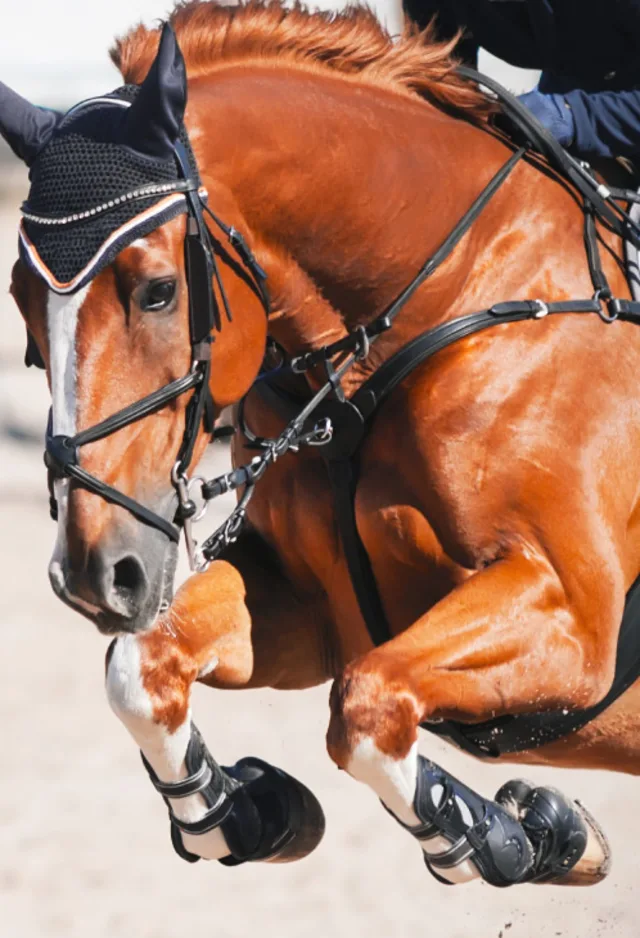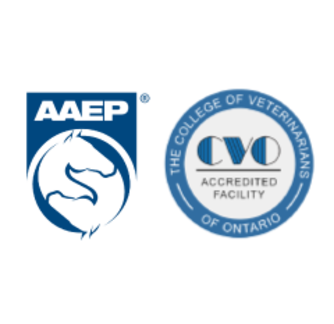Skip NavigationSkip to Primary Content


Give Us A Call
At Russell Equine, our goal is to provide our clients with the highest level of care and compassion we can offer. We are consistently pushing to offer the best in both diagnostic and therapeutic modalities to our equine patients.

Our Commitment
At Russell Equine, our goal is to provide our clients with the highest level of care and compassion we can offer. We are consistently pushing to offer the best in both diagnostic and therapeutic modalities to our equine patients.






